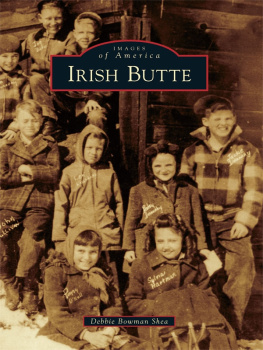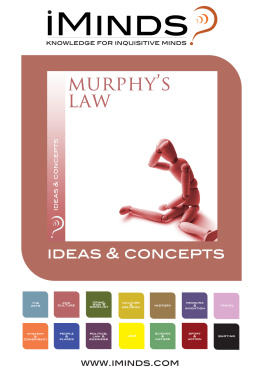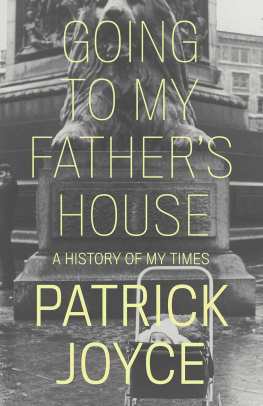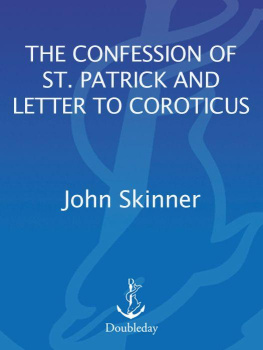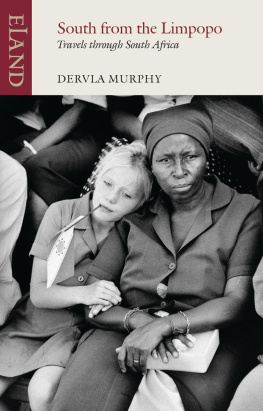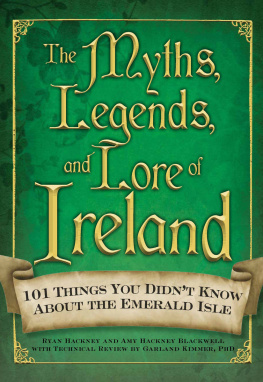Our Immigrants' Son
An Irish Prose Poem About the Remarkable Life and Extraordinary Times of My Great-Grandfather, Michael Joseph Murphy & How You Can Write Your Own Family Story
John Francis Patrick Murphy
Copyright 2020 by John Francis Patrick Murphy
All rights reserved.
No part of this book may be reproduced in any form or by any electronic or mechanical means, including information storage and retrieval systems, without written permission from the author, except for the use of brief quotations in a book review.
This story is true to the spirit of my family.
Notes from Your Author
American writer William Faulkner best expressed the value of exploring our past: The past is never dead. Its not even past. All of us labor in webs spun long before we were born.
Building on Faulkners observation, let me begin with my most important point.
I want you to write your familys story. Thats the whole purpose of this book. Put more poetically, I want you to write your familys ballad.
Our families have so many one-of-a-kind (and wonderfully crazy) stories to pass down through the ages. For the very old tales, you may be the last generation to tell them.
This book is meant to serve as a model for your family story. I firmly believe that if you read mine, I can guide you in writing yoursno matter your heritage and no matter what family means to you.
By inviting you on this odyssey with me, I hope to show you how to present your ancestors journey as a creative and captivating adventure. I will give you ideas for how to organize your ancestry records and heirlooms, and how the repetition of language and themes can show the cyclical nature of life.
When we tell our story, we also give voice to our familys values. You can give the next generation a front-row seat as you highlight your familys values through the challenges you and your ancestors overcame. Equally important, your story can be a message in service of your posterity, a time capsule for generation after generation to open, an inheritance future generations can never squander.
You can find my immediate familys ideals, values, and faith-based beliefs scattered throughout this poem. Yours may be similar or different. Whatever they are, express them, for you are the curator of this history, and you decide how it should be told.
For me, I decided to write Our Immigrants Son using the genres of biography-based historical fiction and prose poetry. Historical fiction is characterized by an imaginative and, at times, fictionalized reconstruction of historical events. Prose poetry does not use poetic rhyme but does use poetic qualities, including repeated themes, magical realism, sentence fragments, exotic language play, and at times violations of standard grammar and syntaxall for emphasis and intensity.
In short, feel free to break the rules and stage a literary rebellion, much like our ancestors broke some rules when they knew it was right.
Now with deep gratitude, as a descendant of courageous, visionary, and consequential ancestors, I humbly offer to youand to my family and posterityOur Immigrants Son.
JOHN FRANCIS PATRICK MURPHY
New Orleans, Louisiana, 2020
Except where noted, all translations are between Irish (sometimes called Irish Gaelic) and English.
Part I
Our Immigrants' Son
The parents.
Our epic poem about my paternal great-grandfatherMichael Joseph Murphy (1848-1931)can only begin in April 1845 with his parents, Patrick and Mary, and their decision to travel from County Waterford, Ireland to Boston, Massachusetts. They were a young unmarried couple. In tellin me Irish-American tale, it is altogether fitting and proper that we should do this.
Patrick Murphy (1823-1890) and Mary Heffernan (1821-1896) were devout Irish Roman Catholics. They were the patriarch and matriarch of my family, my progenitors, the beginning of our American begats, and Our Immigrants for this story.
Ive titled the first chapter, An Cinneadh, which, when translated from the Irish, means The Decision. It is a standalone and self-contained prose poem I wrote years ago and have now incorporated into the first chapter of this book.
An Cinneadh tells the story of my paternal great-great-grandparents, twenty-three-year-old Mary and twenty-two-year-old Patrick, on a May day in 1845 when they started their ocean voyage to America.
Once they settled in Boston and married, Mary bore Patrick seven children. One of these children was Michael Joseph Murphy, the eldest son, and the second-eldest sibling, younger only than his sister Elizabeth (1846-1910). He is the son in Our Immigrants Son.
To tell Michaels story, we must start by telling the tale of the Irish clan and how it all began with one incredibly gutsy and painful decision to leave Ireland forever.
Patrick Murphys Irish birth and/or baptismal record, translated from Latin.
Mary Heffernans Irish baptismal record, translated from Latin.
Many of the family named in this poem are shown below in a family tree, perhaps better called a family spaghetti plate, given its design. You may find it helpful in your own work; on a single page, it includes seven generations and fifty people, which is hard to do with a traditional ancestry tree.
The spaghetti plate below and another one in chapter IX are an abbreviated Murphy-Heffernan and Murphy-Reardon ancestry that focuses on the central characters mentioned in this story and their relationship to each other, either by consanguinity or marriage.
Throughout the story, I refer to my grandfather as John 1 (he is Michael J. Murphys eldest child), my father as John 2 (Michaels grandson), and I refer to myself as John 3 (Michaels great-grandson). The major family members names are in bold. I hope this helps orient the reader.
It may be useful to refer back to this spaghetti and take a bite during your reading.
Murphy Family Tree (Abbreviated)
Lines Legend: The thick black lines indicate marriages. The thin gray lines indicate children and siblings. And the purple line indicates Michael and Annie 1s only child as there was no space to place him closer to his parents in this image.
I. An Cinneadh
An Cinneadh.
Saolaodh Patrick Murphy agus Mary Heffernan in irinn. Sa bhliain 1845 thug an bheirt acu aghaidh ar shaol nua iginnte, i dteannta a chile. N raibh acu ach an dchas, agus chreideadar go raibh saol nos fearr rompu. N raibh tuiscint iomln acu ar an domhan nua, ach bheartaodar gurb a n-aisling bheith ina Meiricenaigh. B'fhidir nach raibh acu ach cpla larid, alt nuachtin, n iris i dtaobh na tre nua. B'fhidir gur smid litir dhuine a bh dulta sall le dana, orthu
In 1845, Irish-born Patrick Murphy and Mary Heffernantogetherventured into a new and uncertain world with only the hope and belief that a better life awaited them. Without a full understanding of the New World, and perhaps only with a few sketches or newspaper articles, they decided to become Americans. Likely a letter from a new arrivalwith important newsbeckoned.


